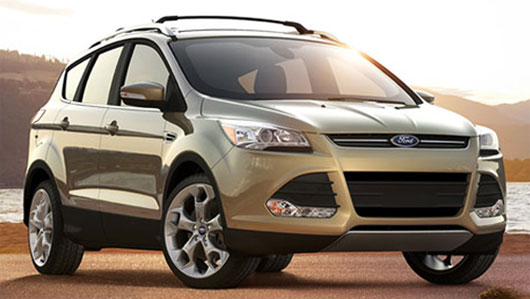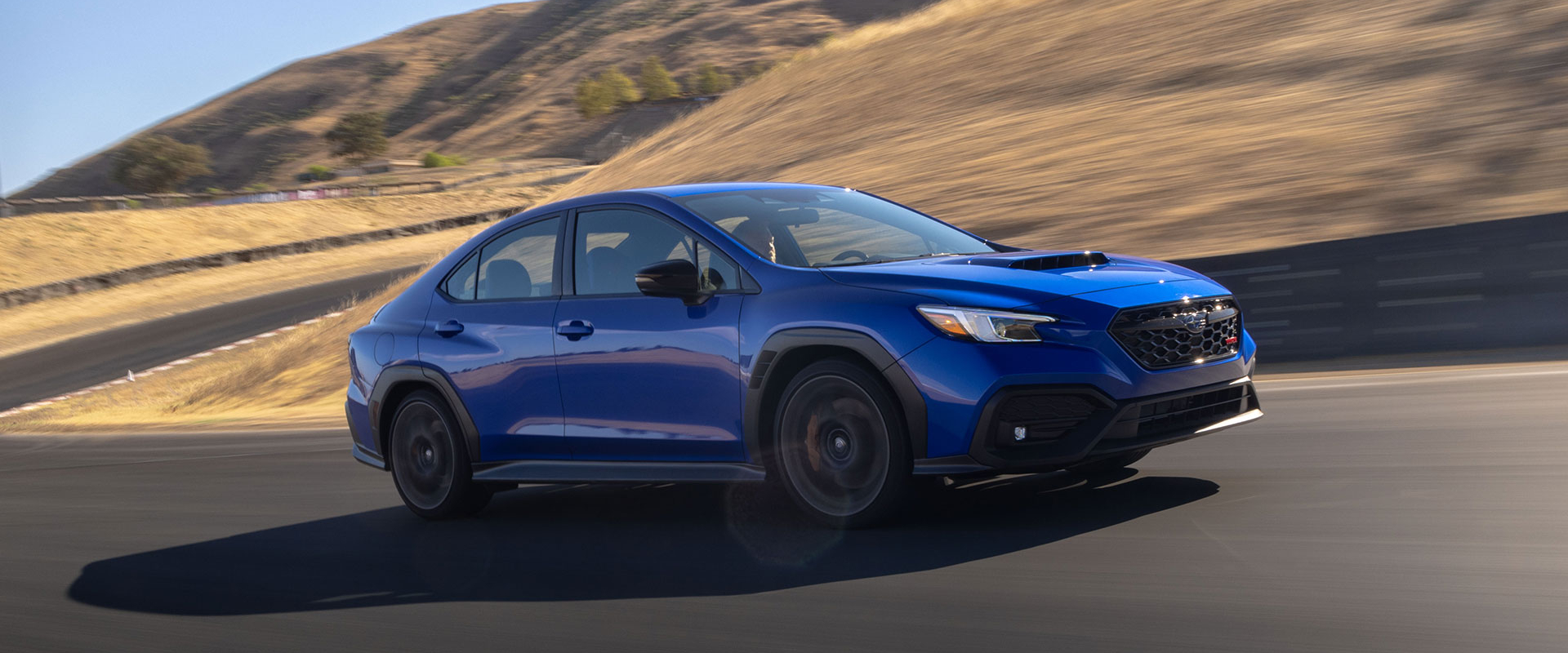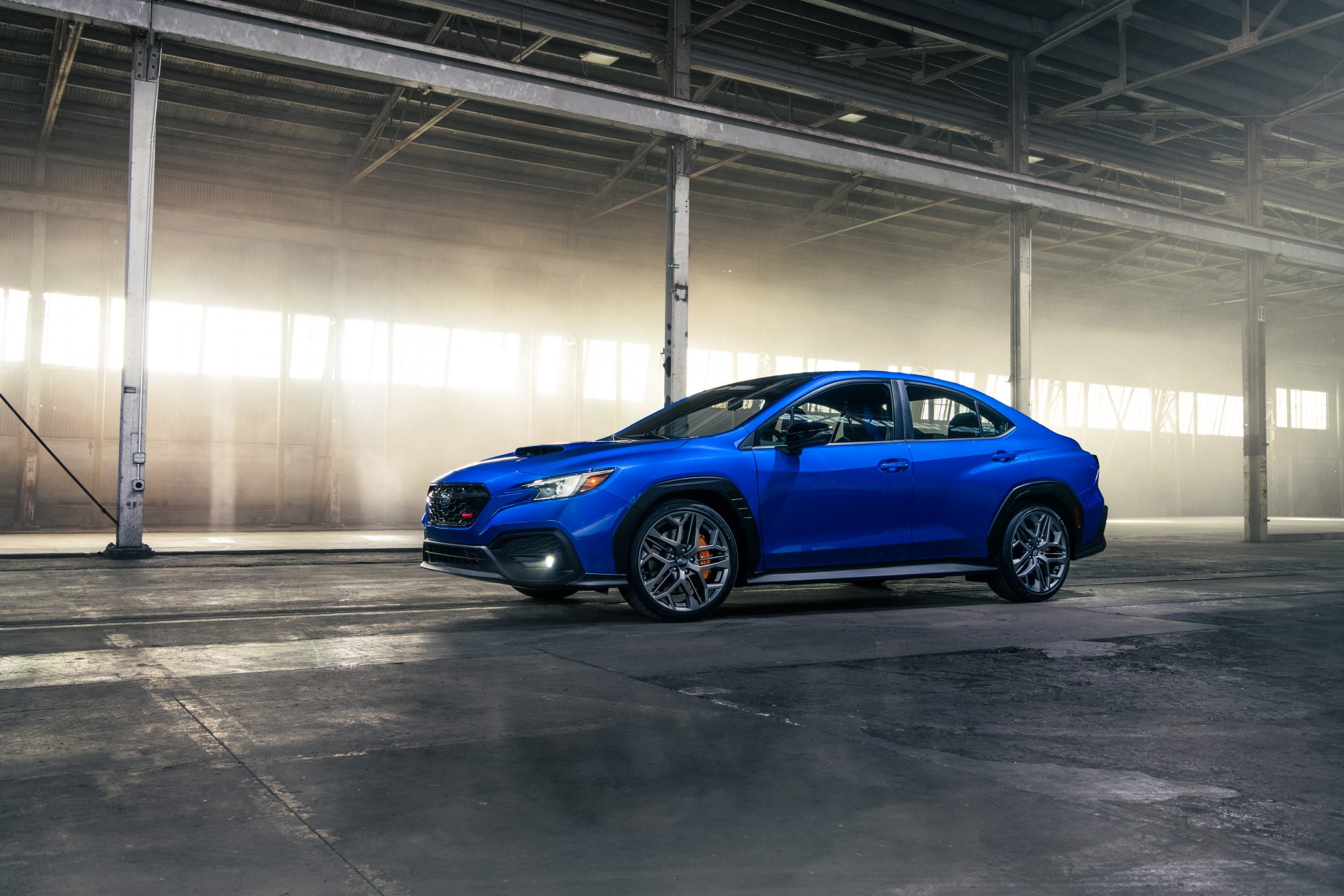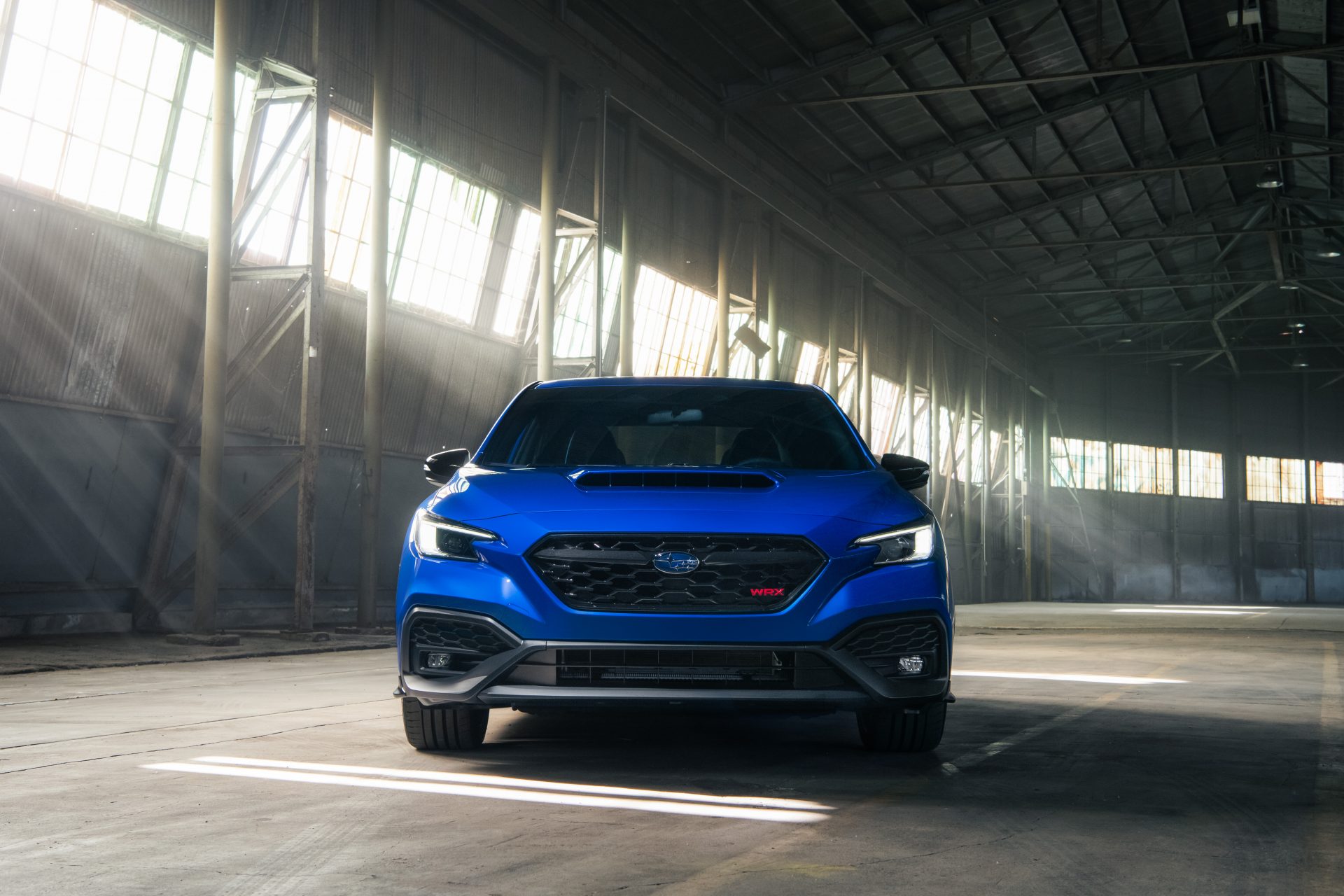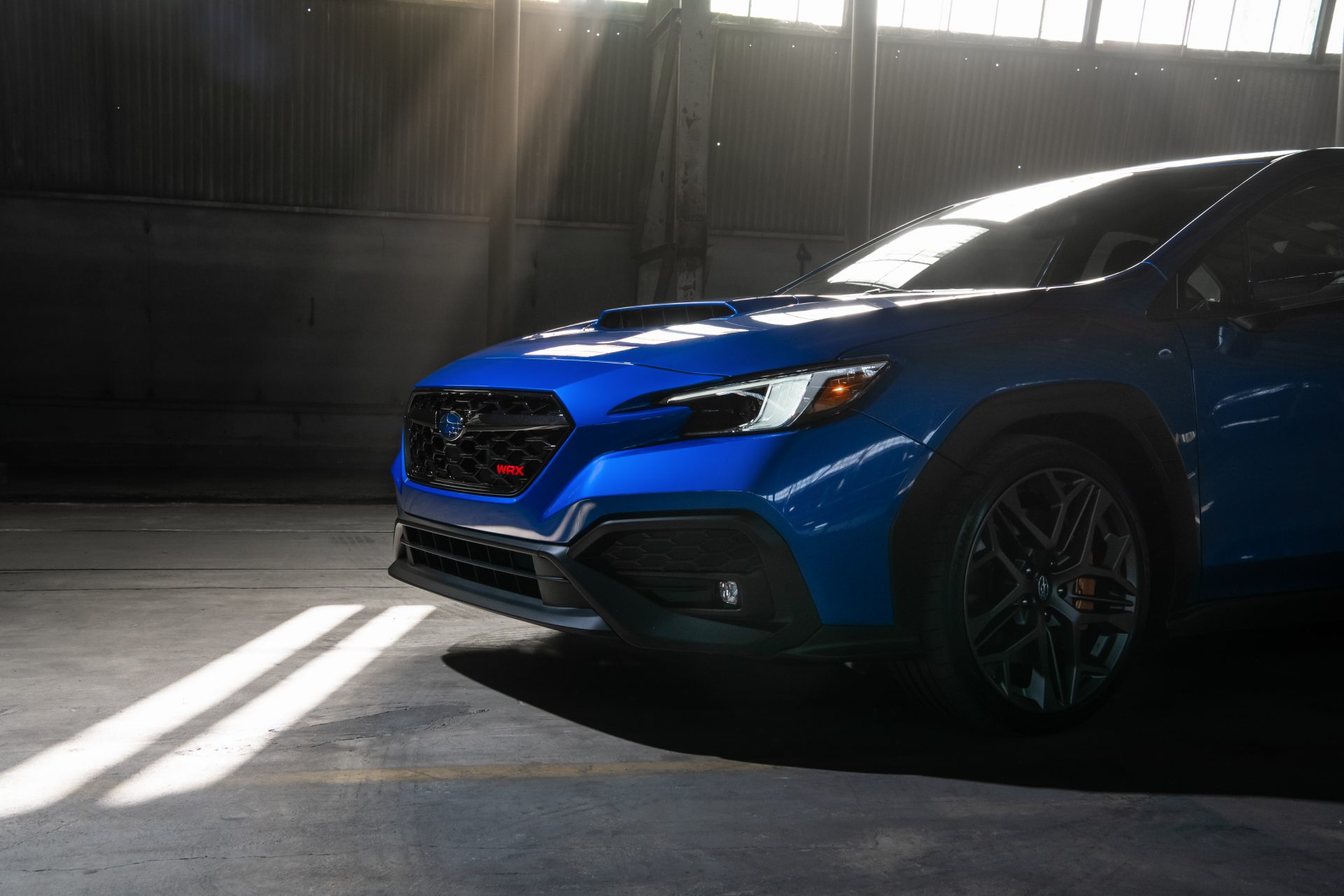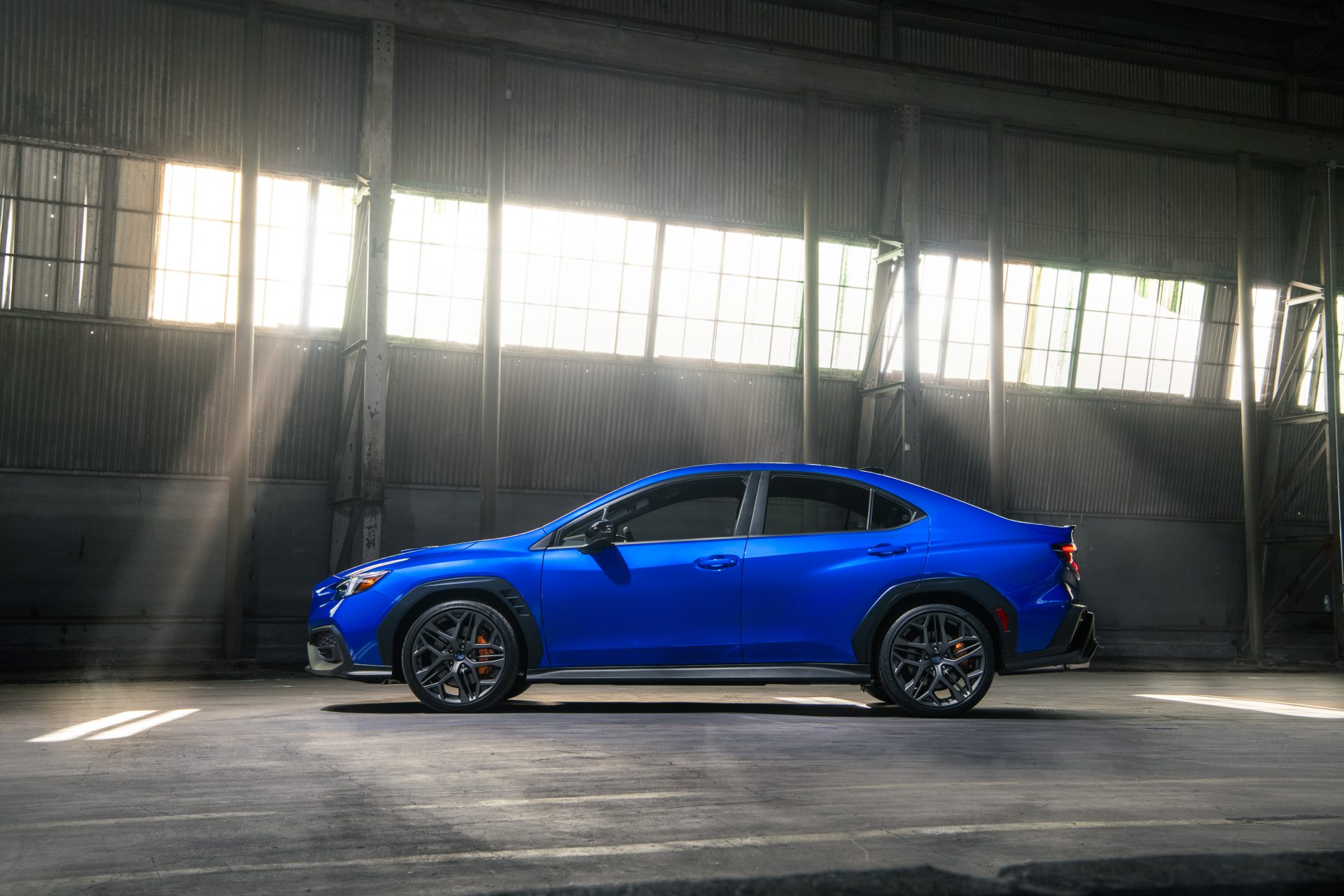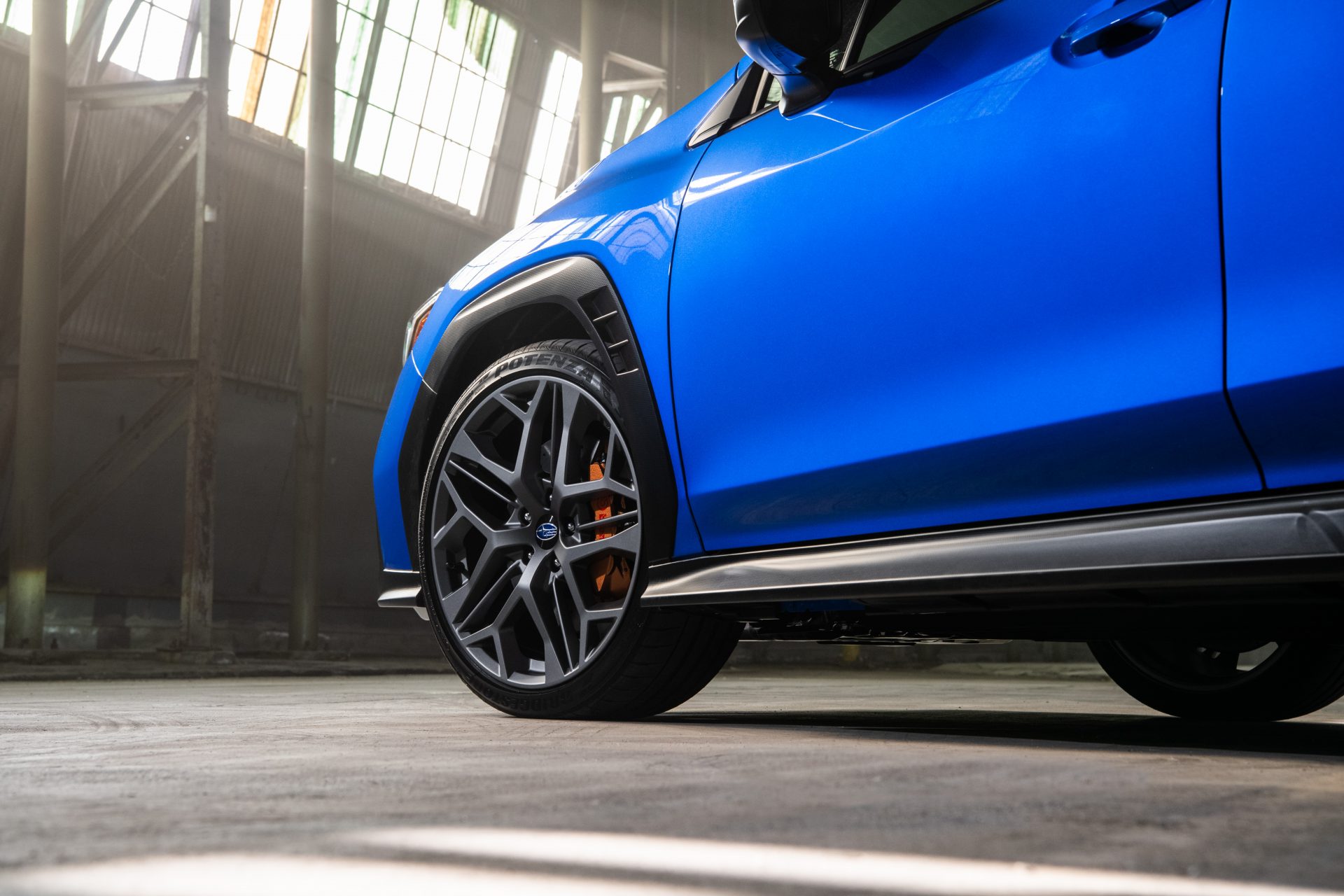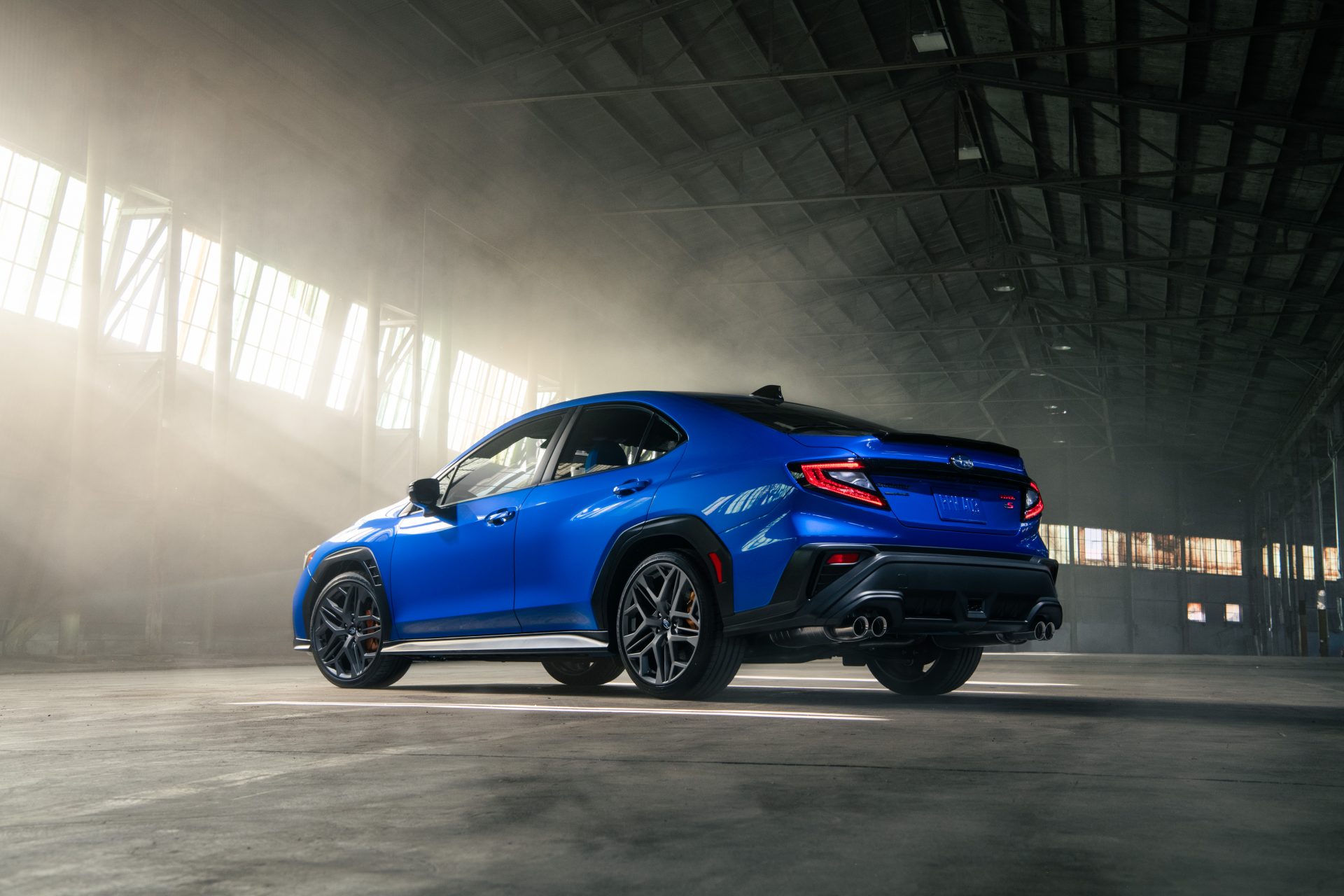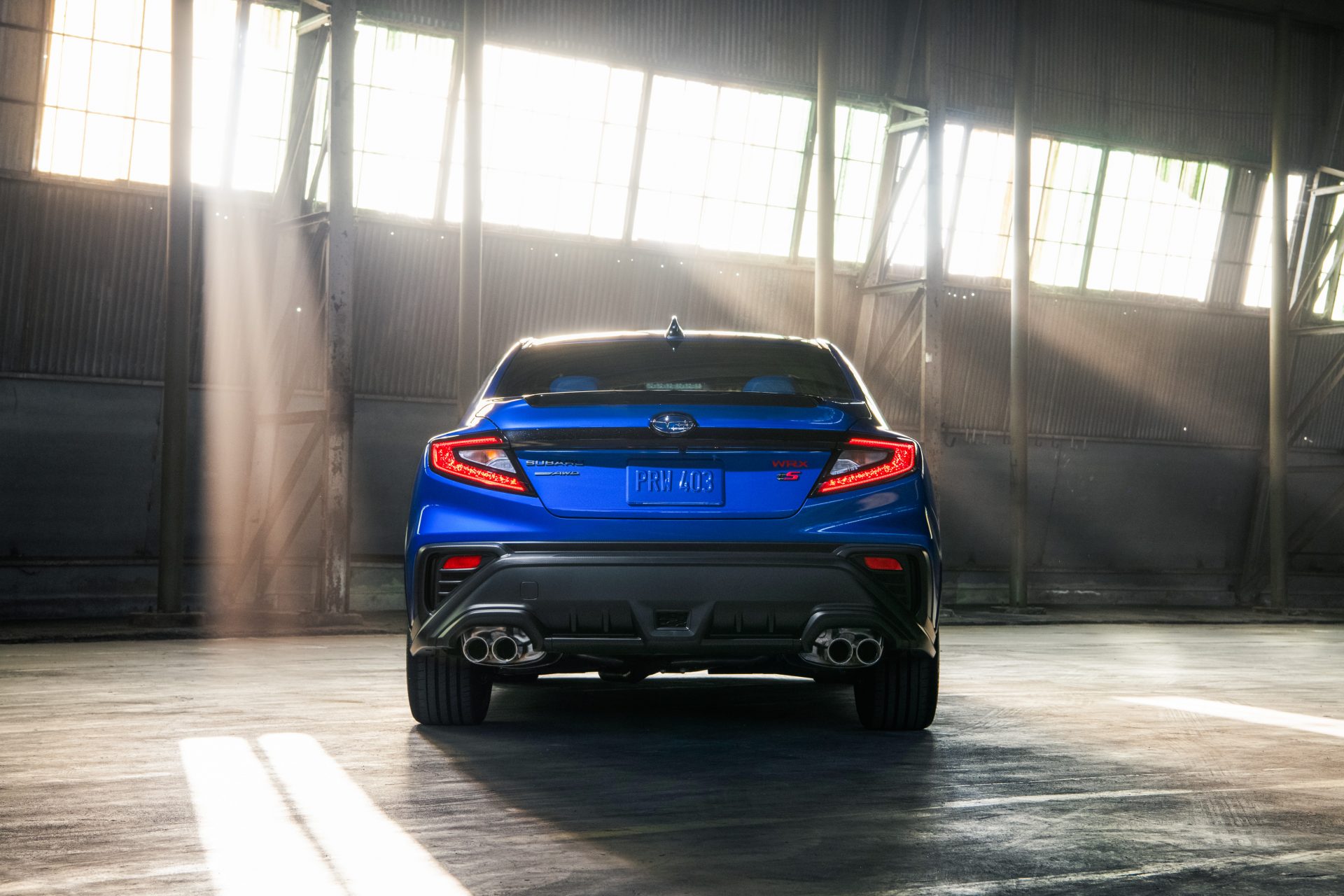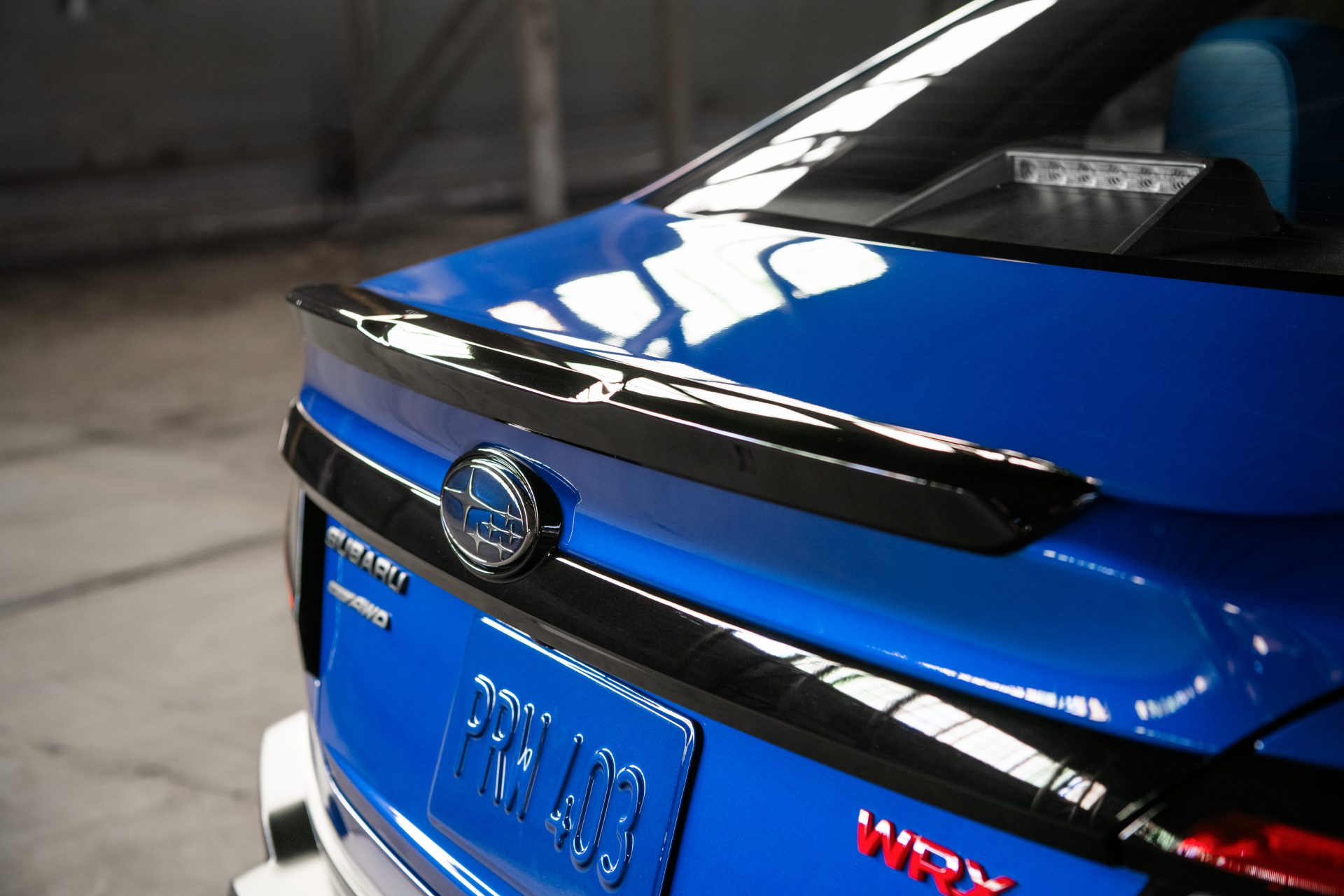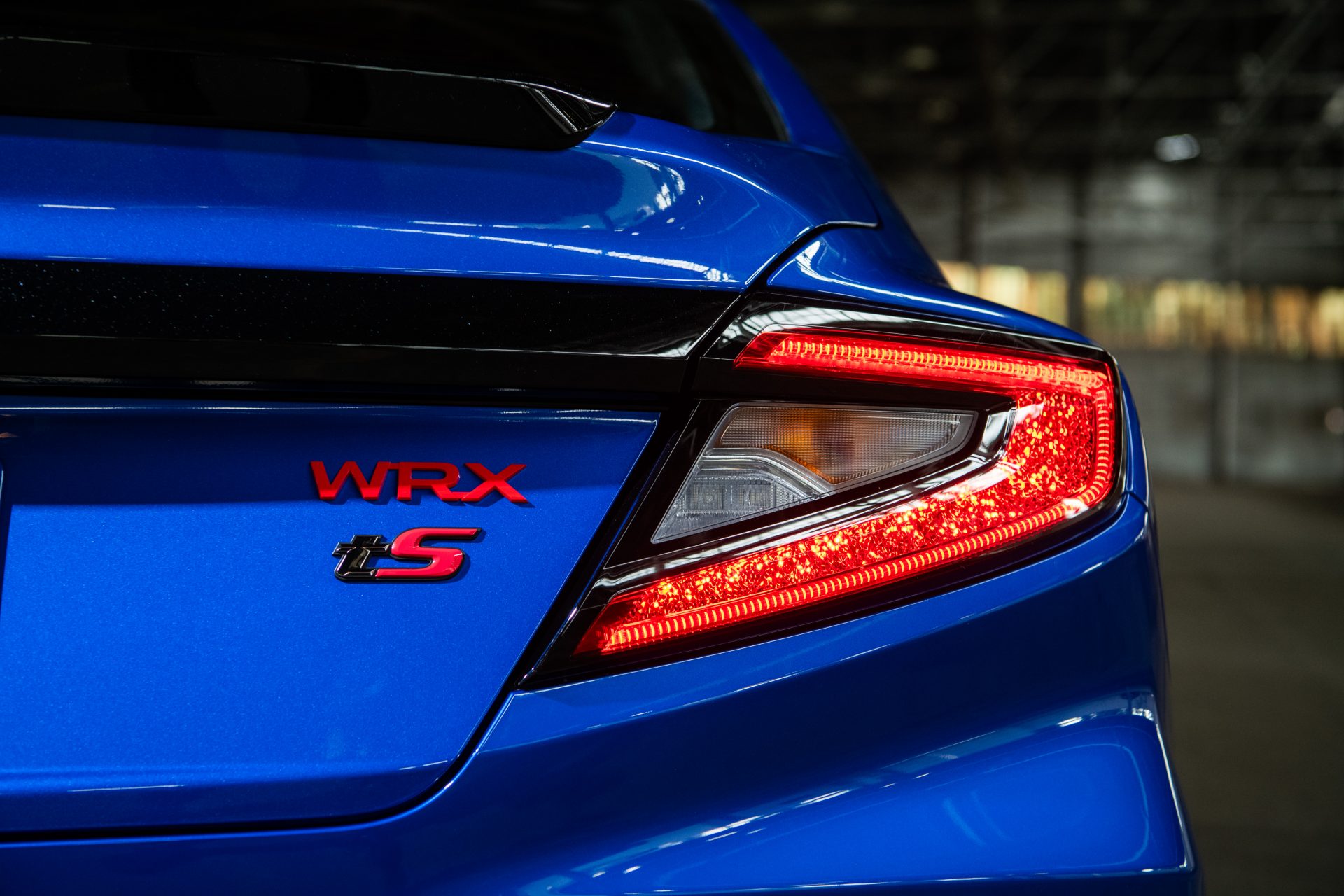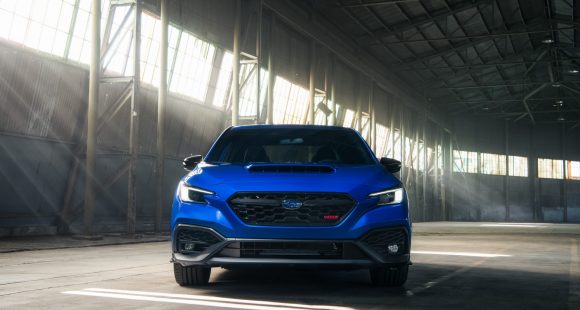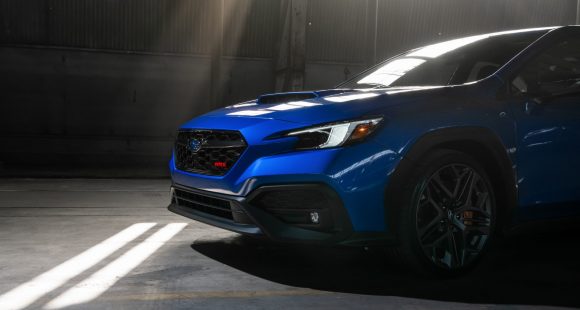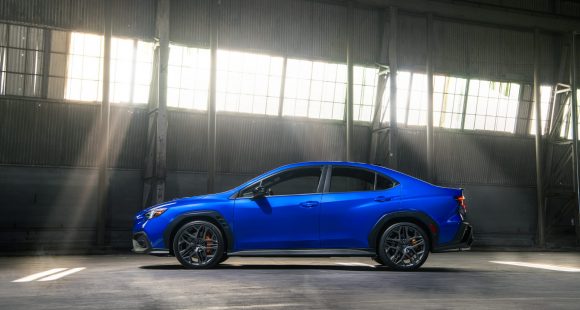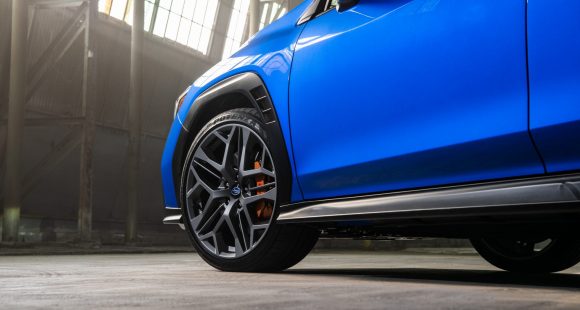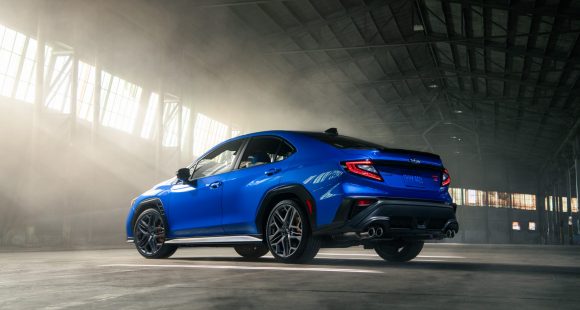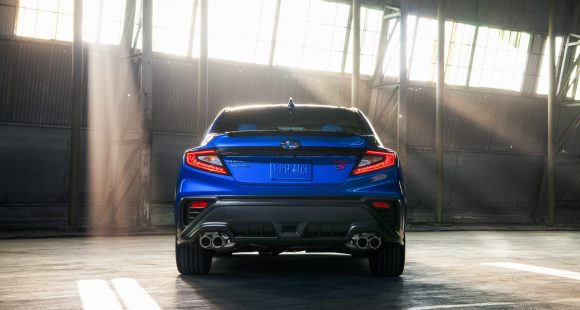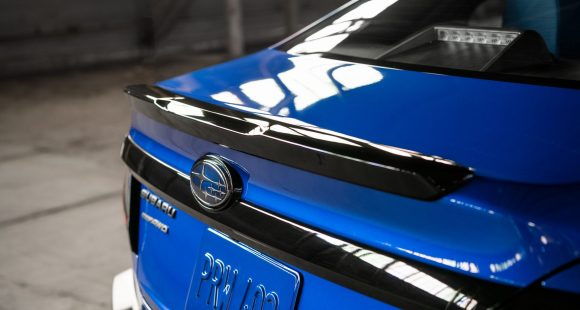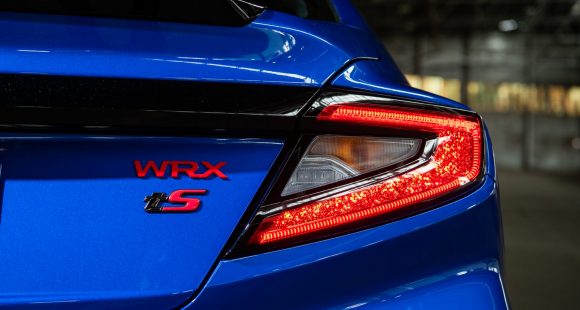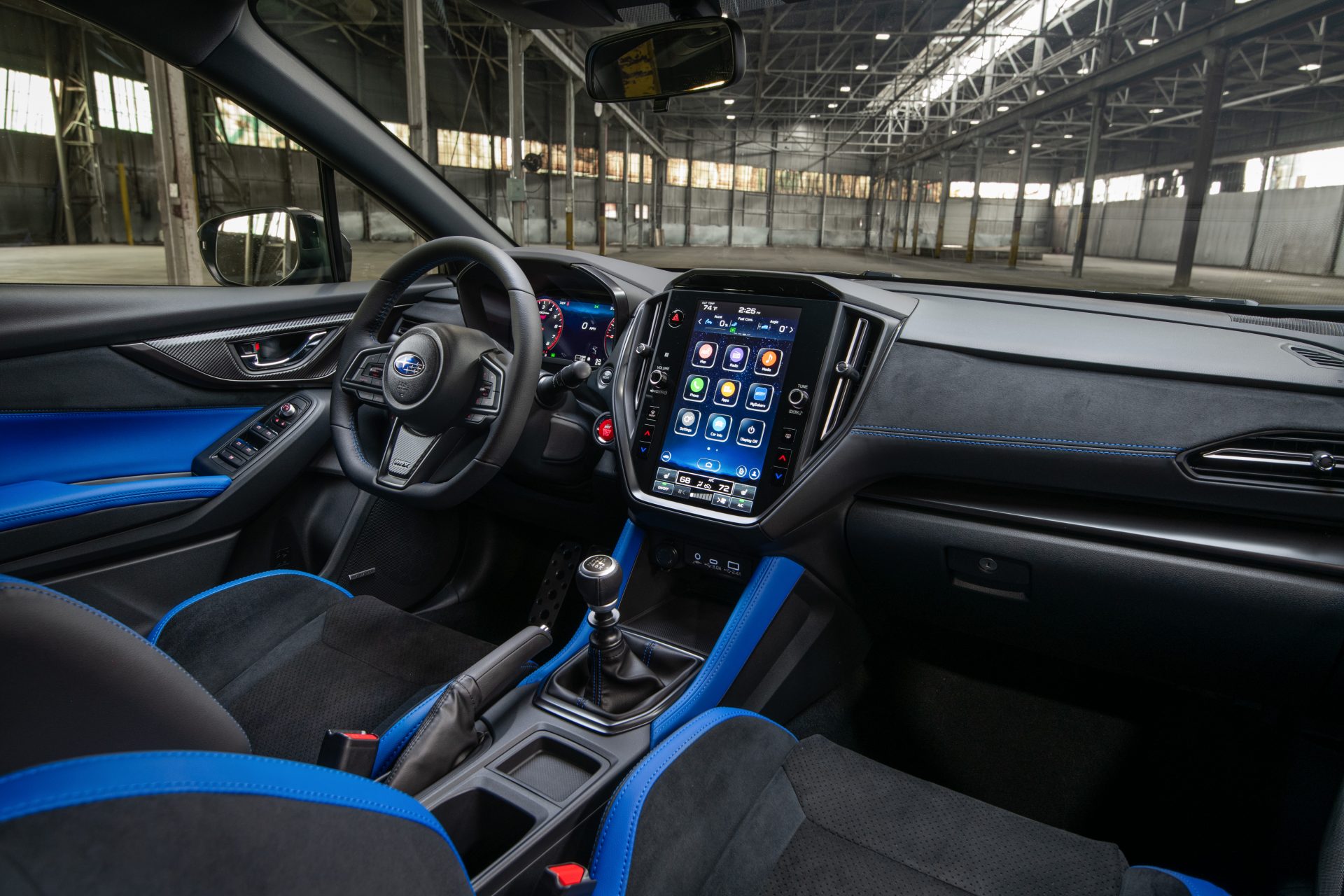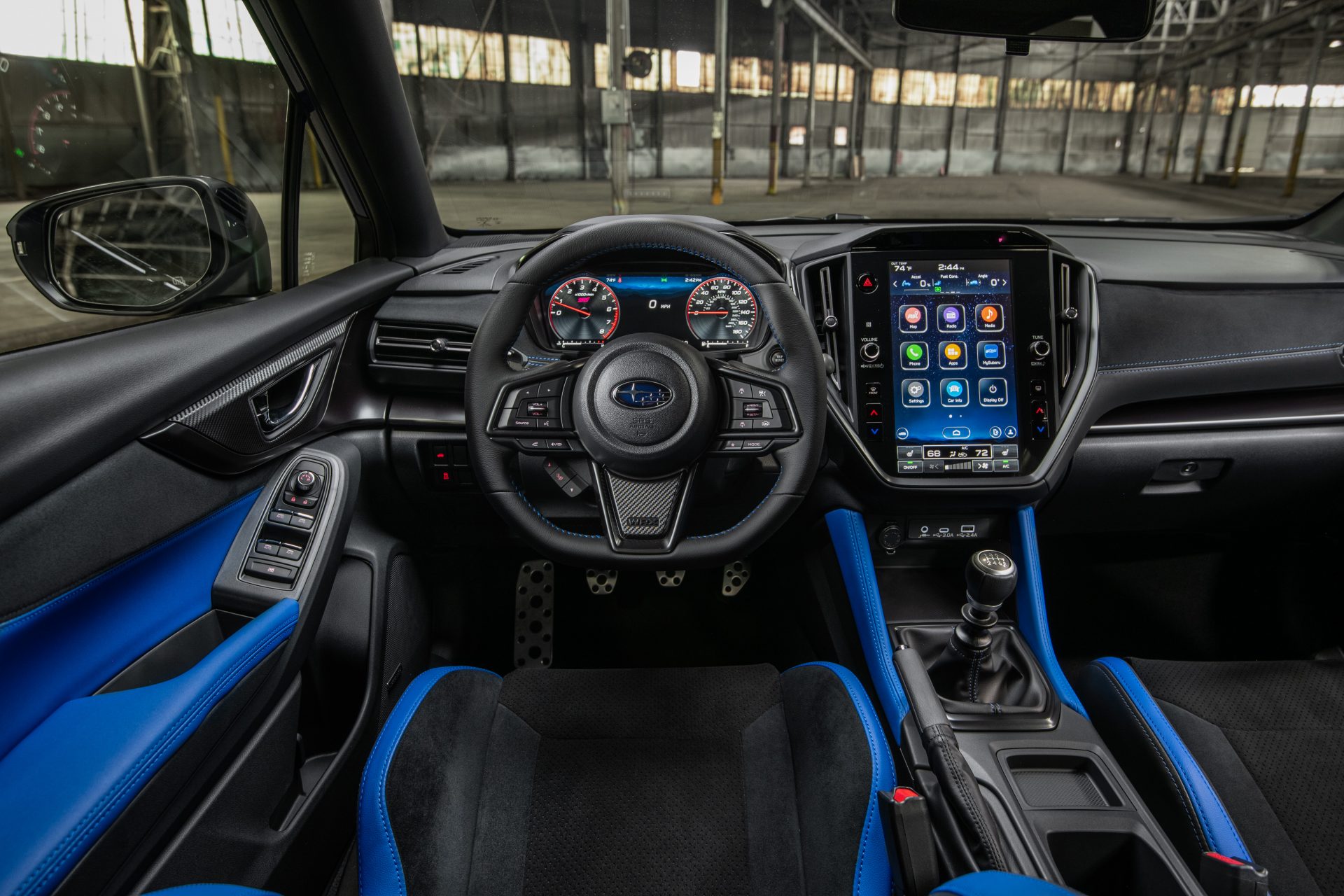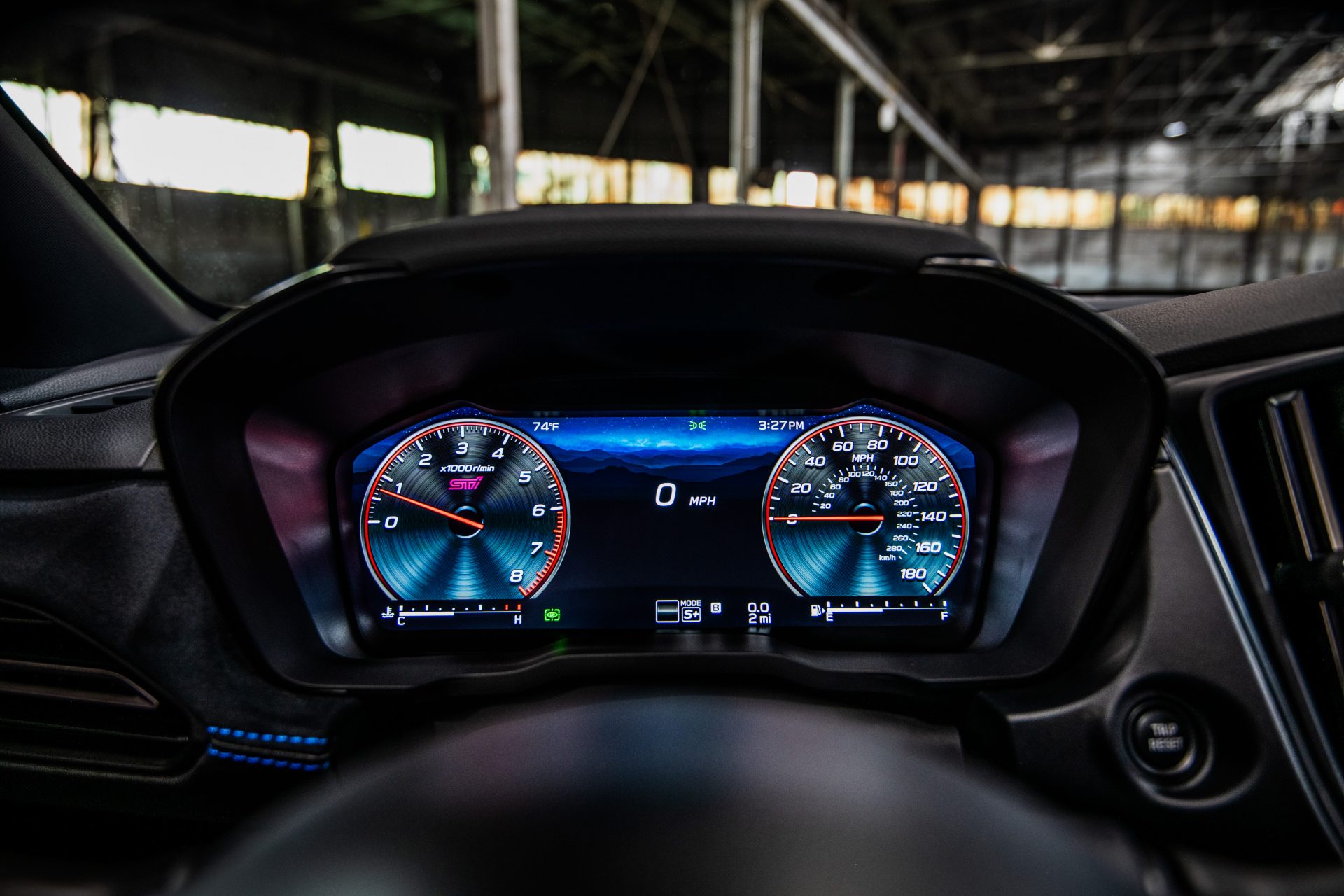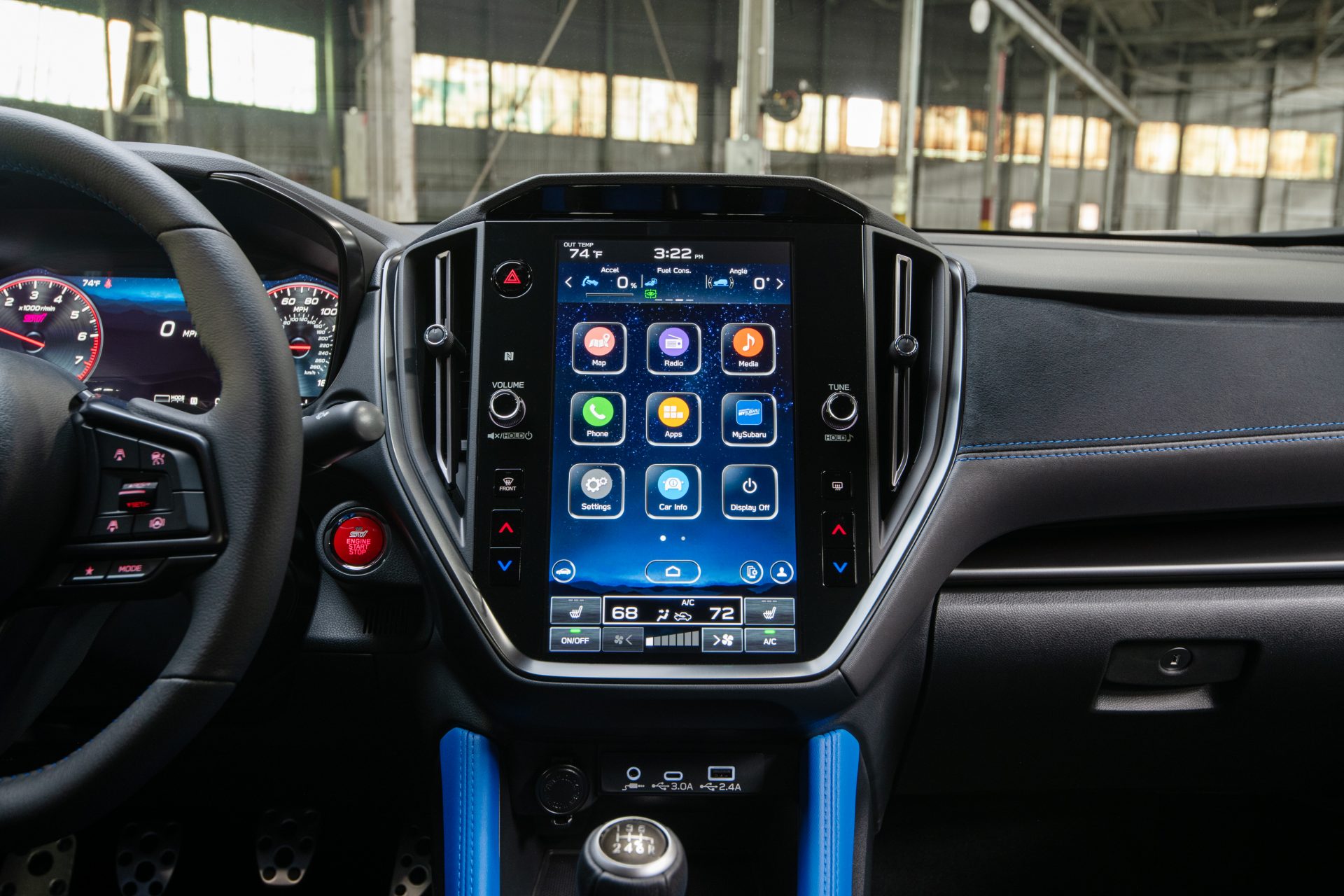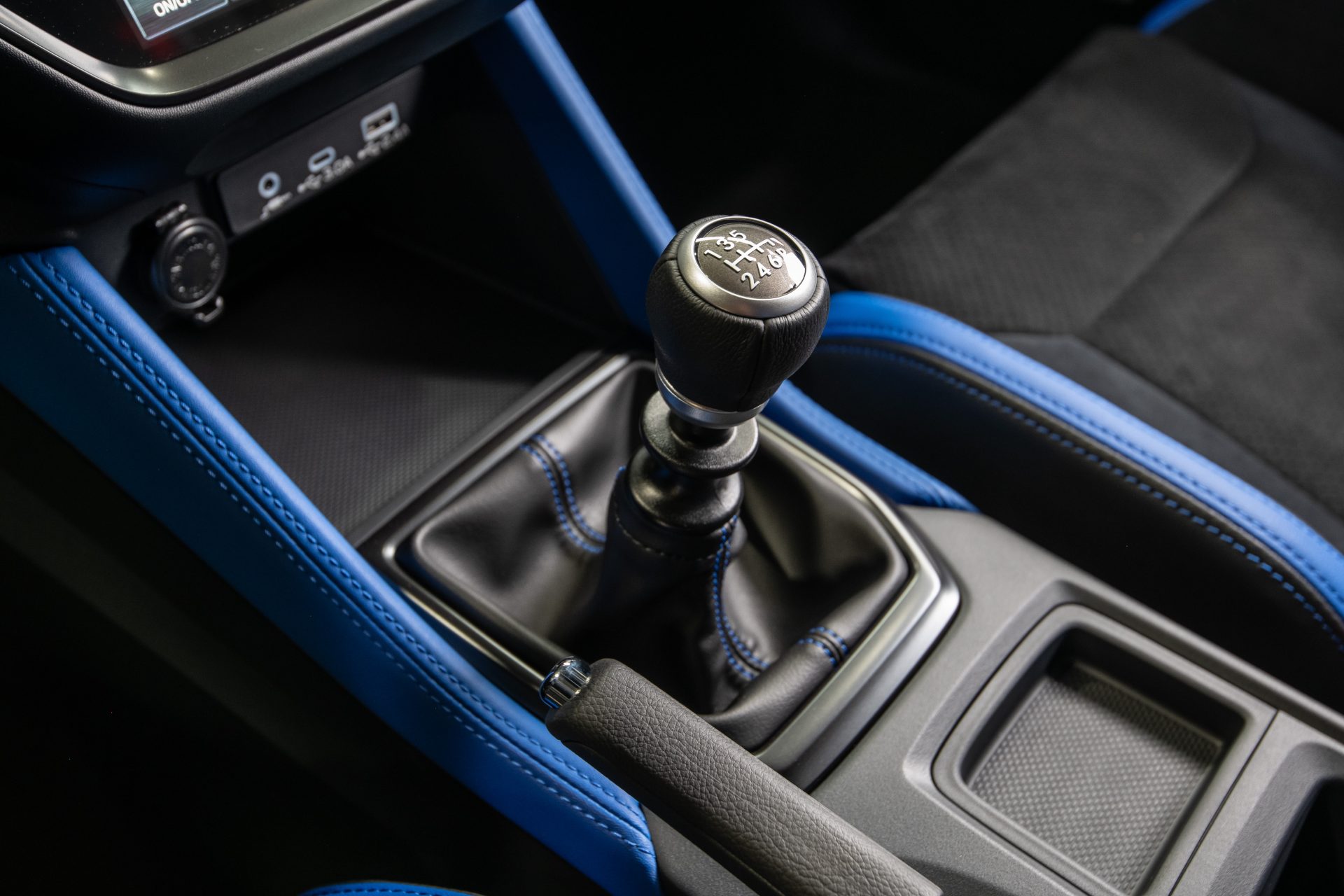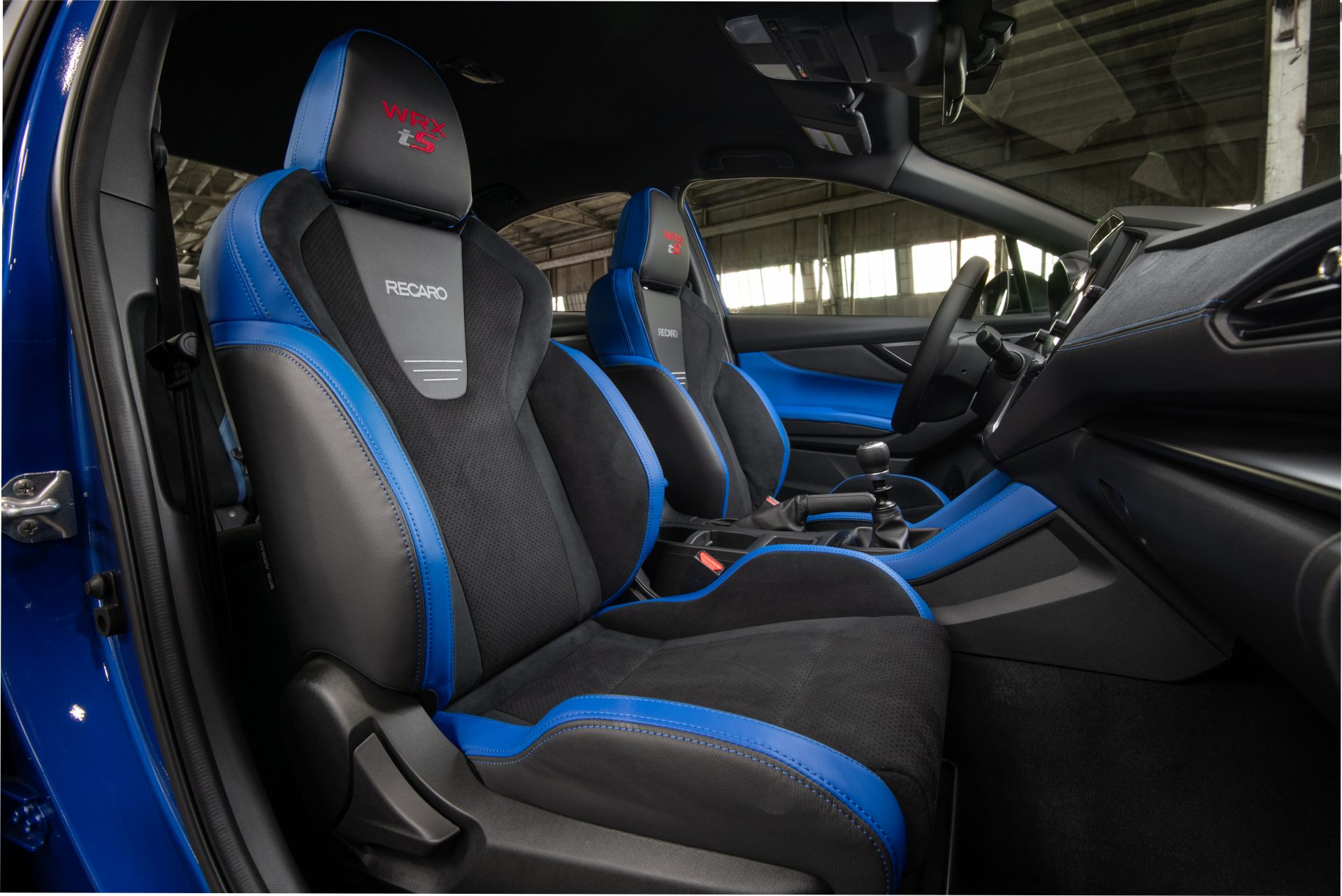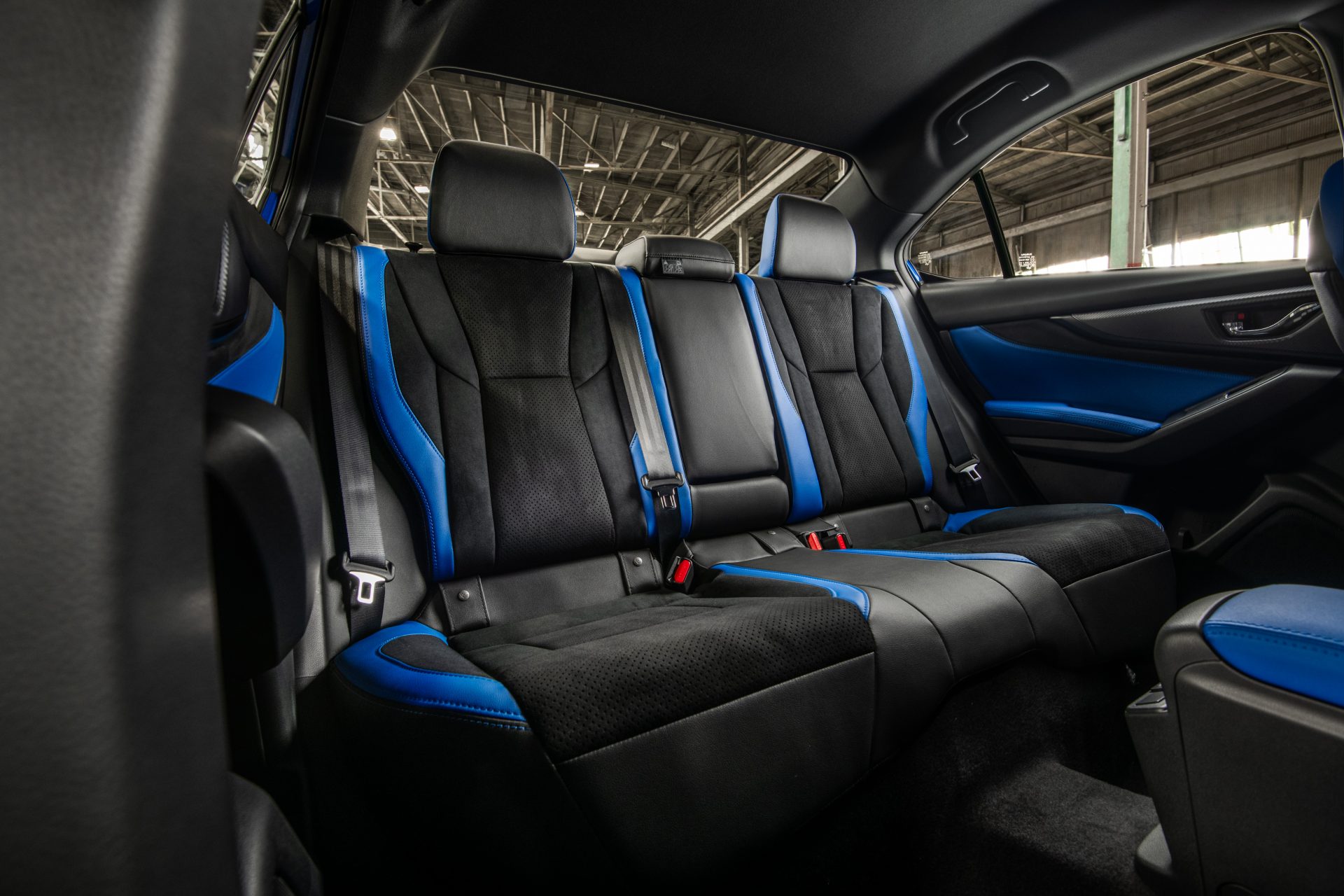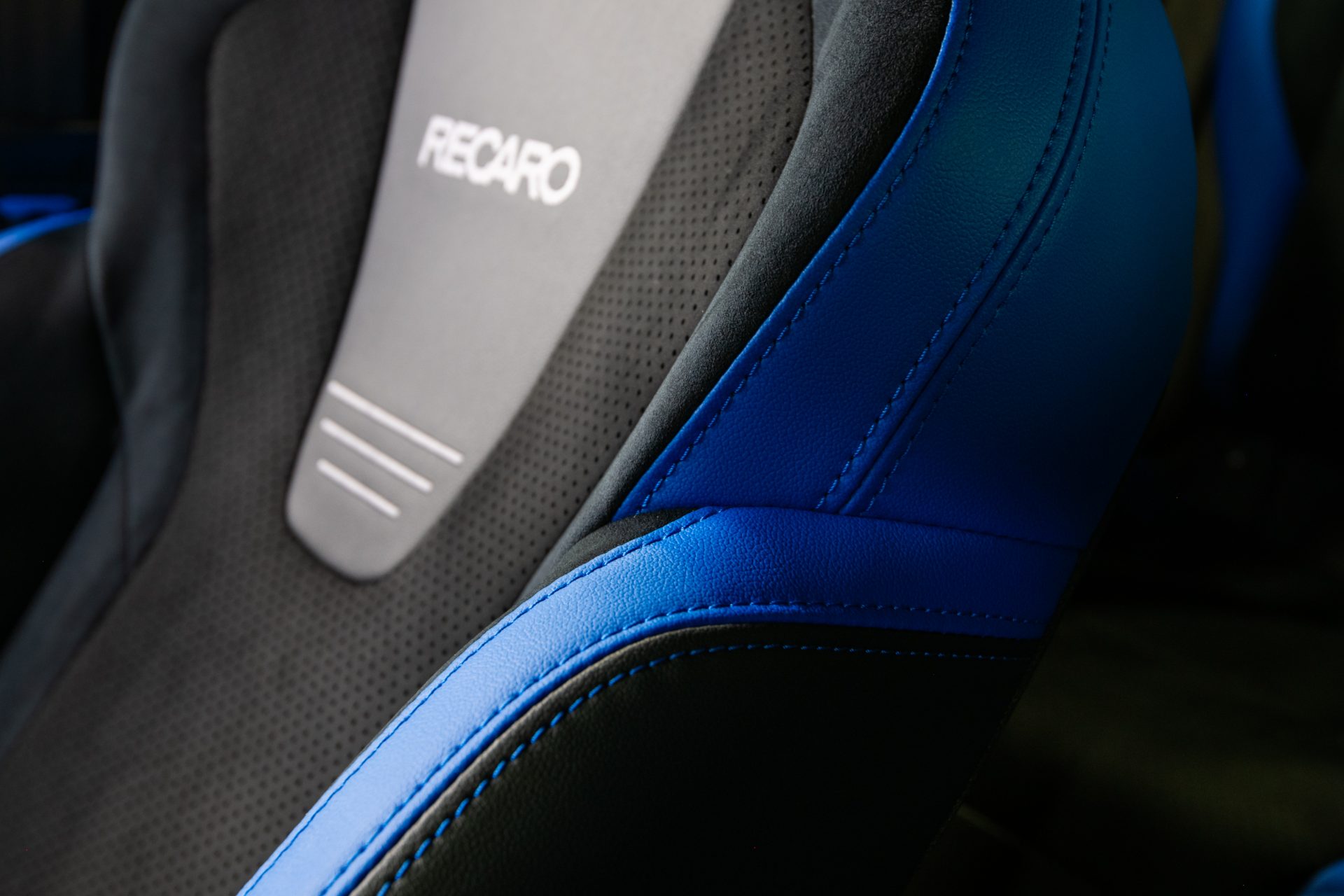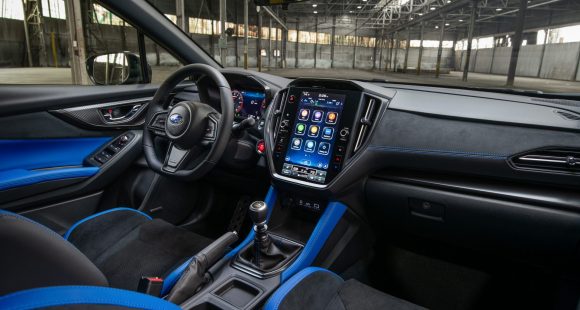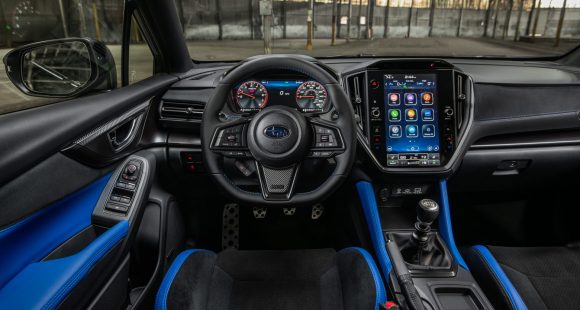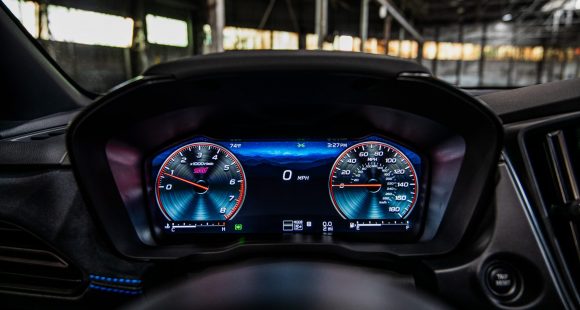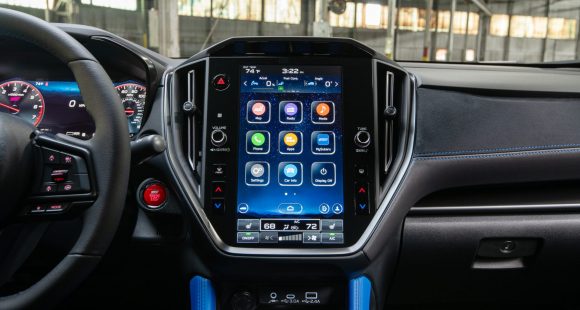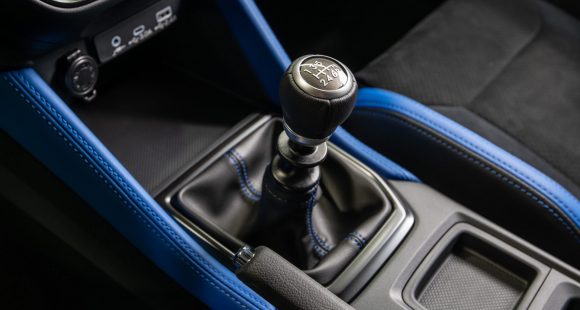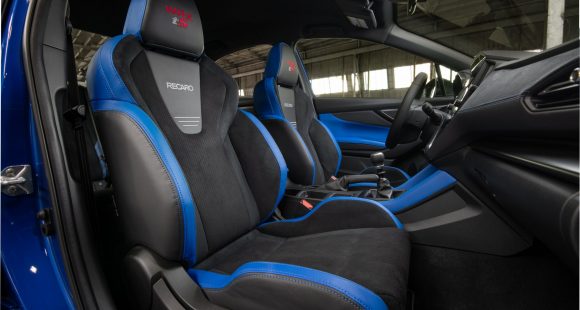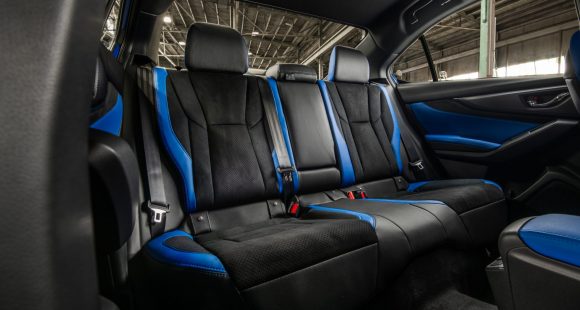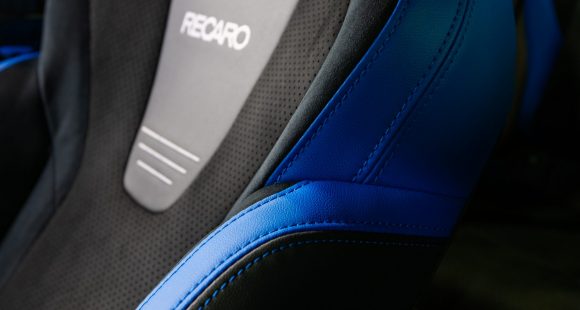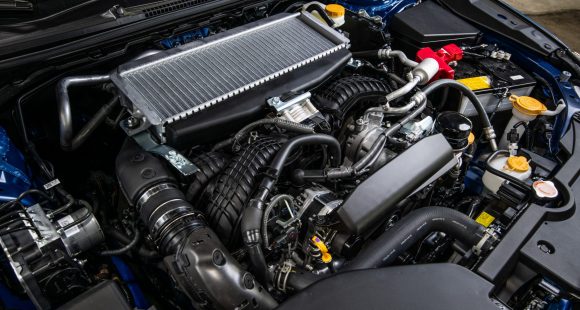2013 Ford Escape
The Ford Escape may not have been the first compact crossover, but it is a best seller with over 2 million hitting the streets over the last 12 years. The Escape’s success is a key reason that smaller crossovers have become one of the industry’s largest marketing segments, and also one of the most competitive. So, what can an all new Ford Escape bring to the party? Well, let’s find out.
The 2013 Ford Escape is a big departure from its former old school boxy styling. This now very dynamic and swoopy looking CUV has far more in common with the Focus compact car than other Ford utilities, which is fitting since it does share the Focus’ C-platform.
This new global design is totally contemporary. It is wider, longer, and lower than its predecessor with a wheelbase stretched to 105.9-inches. That’s more than a Honda CR-V although Escape is slightly shorter overall. 17-inch steel wheels are standard, but 18 and 19-inch alloys are available, as are HID-headlights, a rarity in its class. Fenders are overstated and the sharp lines and aggressive front end give the Escape a look that’s more sporty than utilitarian. It’s all grilles and air intakes up front, with active grille shutters on some models. The rear gets highlighted by large, angular tail lamps with “aero-flashes,” a small hatch-mounted spoiler, and lower cladding with dual exhaust tips. A large, panoramic sunroof is optional.
 Ford continues to please with the overall design, functionality, and fit and finish of their interiors. The Escape’s standard cloth seats are as comfortable as any in the segment. The Ice Blue Gauges are a funky arrangement with big exposed pods and a large, center info screen. SE’s are equipped with Ford SYNC voice activation and a 4-inch color screen mounted high in the center stack. SE Radio controls are as confusing as in the Focus. The SEL adds the updated MyFord Touch with Sony’s soft touch stereo system optional. Step up to Titanium trim and you’ll get premium leather seating and Remote Start, as well as Ford’s new hands-free power lift gate and it works very well provided you have the key in your pocket as you sweep your foot under the rear bumper. Even base models include steering wheel controls for cruise and audio, and a full complement of airbags are standard, including a driver’s knee airbag.
Ford continues to please with the overall design, functionality, and fit and finish of their interiors. The Escape’s standard cloth seats are as comfortable as any in the segment. The Ice Blue Gauges are a funky arrangement with big exposed pods and a large, center info screen. SE’s are equipped with Ford SYNC voice activation and a 4-inch color screen mounted high in the center stack. SE Radio controls are as confusing as in the Focus. The SEL adds the updated MyFord Touch with Sony’s soft touch stereo system optional. Step up to Titanium trim and you’ll get premium leather seating and Remote Start, as well as Ford’s new hands-free power lift gate and it works very well provided you have the key in your pocket as you sweep your foot under the rear bumper. Even base models include steering wheel controls for cruise and audio, and a full complement of airbags are standard, including a driver’s knee airbag.
Rear seat room is good for a compact crossover, and seats are comfortable enough to keep “are we there, yet?” complaints from the little ones at bay. Cargo space also fairs well at 34.3 cubic-feet. The 60/40 seat backs recline for comfort and fold for max cargo of 68.1 cubic-feet. That’s just shy of the CR-V.
We spent most of our time driving the new 1.6-liter EcoBoost I4 and came away very impressed. It’s peppy off the line and there’s plenty of reserve power for merging and passing, though it does require your foot to the floor and a downshift or two. Output is 178-horsepower and 184 pound feet of torque, aided by direct injection and Twin Independent Variable Camshaft Timing. A carryover 168-horsepower 2.5-liter I4 and the Explorer’s 240-horsepower 2-liter EcoBoost are also available, with the later towing 3,500 pounds. Transmissions are all 6-speed automatics with manual shift and regardless of which powertrain you choose, you’ll get 30 miles-per-gallon or better on the highway. A front-drive 1.6-liter EcoBoost has the best Government Fuel Economy Ratings at 23-City and 33-Highway. The highway number beats last year’s Escape Hybrid.
Through the back roads north of San Francisco, California, the Escape felt much more car-like than the previous model. While not exactly nimble, roll is subdued thanks to both front and rear stabilizer bars and the strut front and multi-link rear suspension is more than willing. We also give Ford high praise for an incredibly quiet cabin. The Electric Power Steering feels similar to other Ford products, with good, linear action and on-center feel, while the transmission shifts smoothly.
 The available intelligent all-wheel-drive system can preemptively send up to 100% of torque to the rear wheels. Working in conjunction with Torque Vectoring Control and Curve Control, it helps improve handling on dry pavement, as well as keep you out of trouble on slick roads.
The available intelligent all-wheel-drive system can preemptively send up to 100% of torque to the rear wheels. Working in conjunction with Torque Vectoring Control and Curve Control, it helps improve handling on dry pavement, as well as keep you out of trouble on slick roads.
The 2013 Escape is an excellent overall package. It handles nicely, is fairly comfortable, and gets great fuel mileage; plus you’ve got a wide range of choices when it comes to power-trains. So, you can choose whichever Escape best fits your needs or budget. And, you will have to budget wisely to put an Escape in your garage. While pricing starts at $23,295, it can quickly climb to $31,195 for the fully loaded Titanium. No party is complete without that one guy who always shows up the best dressed, is smarter than everyone else, and just happens to be good at everything as well. The 2013 Ford Escape is that guy. It may just be one of many well executed small crossovers to arrive over the last year, but it’s clearly shot to the front row of the class. And, we think it will stay there a while.
Specifications
- Engine: 1.6-liter EcoBoost I4
- Horsepower: 178
- Torque: 184 lb-ft.
- EPA: 23 mpg city/ 33 mpg highway
2025 Subaru WRX tS
Subaru’s “World Rally eXperimental” Gets Tecnica-Tuned Tech
Building on its global rally heritage, WRX has been a standalone Subaru nameplate, marketed separately from garden variety Impreza, for two generations now. And while the current WRX still lacks the full STI treatment, this WRX tS serves up some of that high-performance spice we’ve been longing for.
Before we go flat out into our Track Test of this 2025 Subaru WRX tS, lets open the Subaru dictionary so we’re all on the same page. “tS” stands for “tuned by STI;” and “STI” is an acronym for “Subaru Tecnica International,” the brand’s high-performance sub-group best known for upgrading the WRX— oh, that stands for “World Rally eXperimental,” in case you didn’t know.
All that said, STI has been largely dormant for this WRX generation, but this tS sprinkles more of their engineering magic into the mix. No, that doesn’t mean extra power, but does mean significant chassis-related improvements.
First, electronically controlled dampers, adjustable through the 11.6-inch tablet-style infotainment screen. That meant a softer “comfort” mode on the 10+ hour commute to and from Savannah’s Roebling Road Raceway. But once we were there, it was the firmer “Sport+” setting all the way, heightening response from the WRX’s throttle and already quick dual-pinion power steering system. There’s still some body roll for rally-esque weight transfer, but it’s well sorted and provides the “toss-ability” you want in a WRX.
Though if you do autocross your tS, which we implore you to do, you might feel the six-piston front, two-piston rear Brembo brakes first. The bite is strong, giving good rotation in the corners and plenty of “halt” for this 3,400 lb. compact with minimal fade, keeping us on track all week…until some unfortunate winter weather passed overhead. No worries here, as Subaru’s Symmetrical All-Wheel-Drive system got us to the track for some powdered deserts: Frosted donuts served up Michelin style, a set of winter tires different from the grippy Bridgestone Potenza S007 rubber the tS typically rides on. Some prior hot laps of California’s Sonoma Raceway gave credence to those Bridgestones, and showed us what this hot-compact can do in ideal conditions.
It’s well sorted and provides the “toss-ability” you want in a WRX.
Other tS enhancements are cabin-based, namely these beautiful blue Recaros. Most of our staff appreciated their moderately-aggressive bolstering on both street and track. And they’re even heated, too. Another tS-only appointment is this 12.3-inch digital gauge display. It mimics the standard analog gauges with some additional info, but can switch to a navigation mode for more convenient route guidance.
We do wish our tS came in the new Galaxy Purple or the trademark World Rally Blue, but this Crystal White paint wasn’t too shabby, contrasting its Cherry Blossom Red badging and blacked-out lip spoiler. Otherwise, the tS is like any other WRX, down to the hood scoop funneling air to the top-mounted intercooler.
Underneath is the same turbocharged 2.4-liter flat-four in all other trims, boxing at 271 horsepower and 258 lb-ft of torque. The freak winter weather stopped straight-line testing, but a 0-60 time estimate of 5.5 seconds is about as spry as you realistically need, pulling strong through most of the tach; though the 6,000 RPM redline required attentive shifting of the six-speed box, which the tS comes exclusively with. The throws are precise, if a little long, and the clutch is wonderfully weighted.
With discontinuation of the Base trim, pricing for the WRX now starts with Premium at $36,920. The tS is at the top of the lineup with the automatic-only GT, both starting at $46,875. All WRXs continue to be made in Gunma, Japan.
If you’re an enthusiast itching to do the tuning yourself, perhaps the 2025 Subaru WRX tS is not for you. But if you want a plug-and-play experience, this is it. While it won’t exactly bestow the loose-cannon, top-level driving skills exhibited by famous WRC drivers upon you, the tS moves this WRX’s game in a direction we’ve so desperately wanted Subaru to take.
Specifications
As Tested
- Engine: 2.4-liter flat-four
- Tranmission: 6-speed manual
- Horsepower: 271
- Torque: 258 lb-ft




